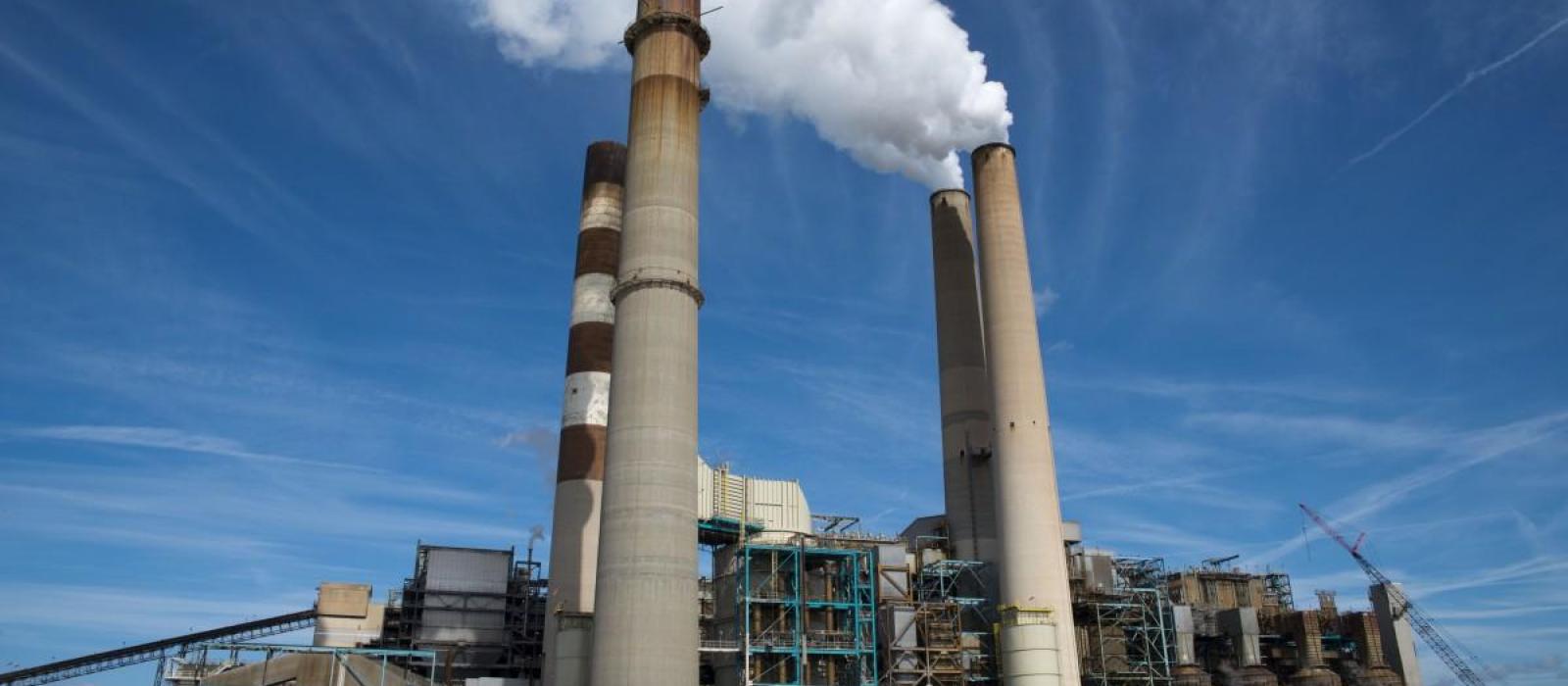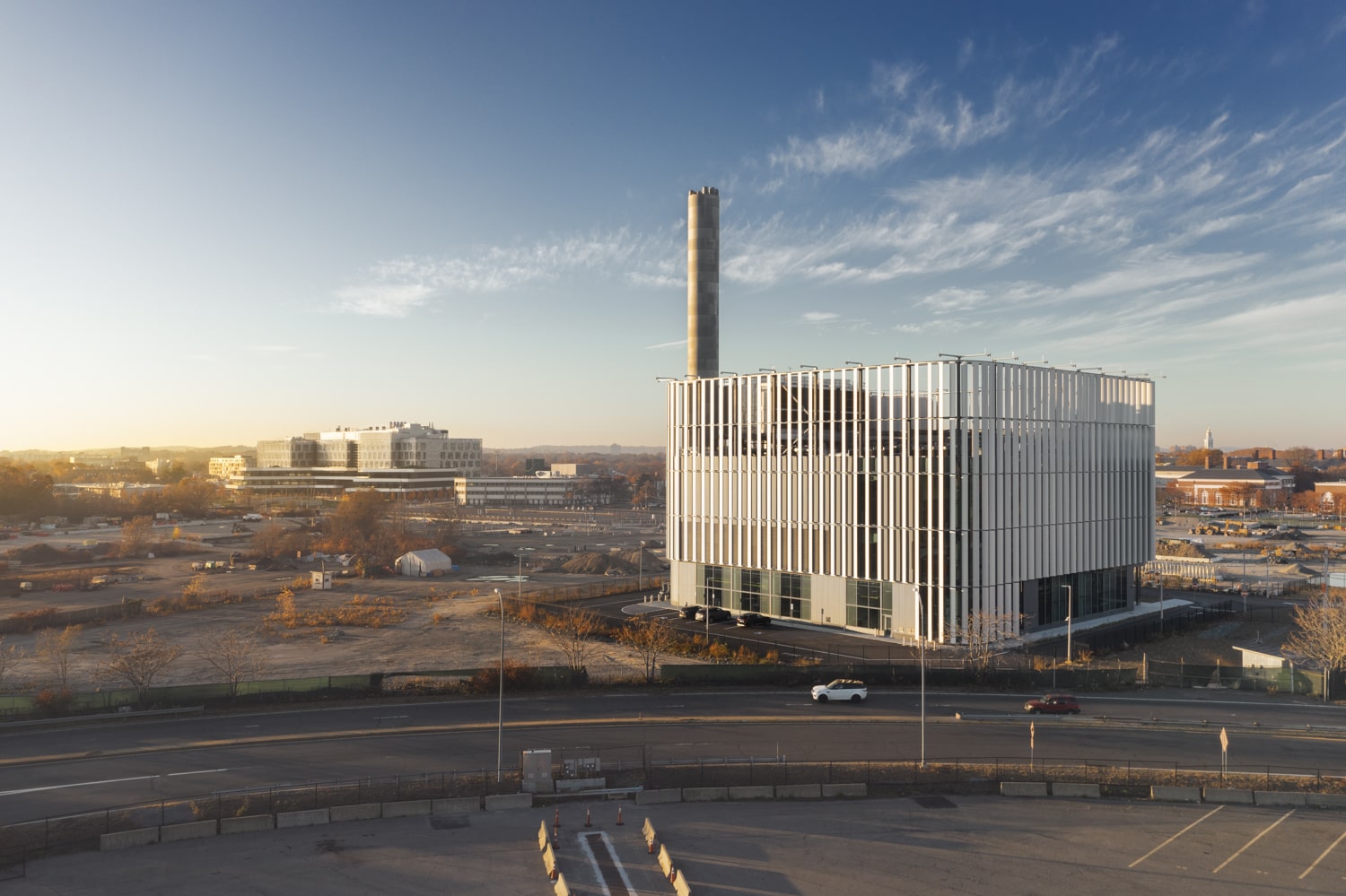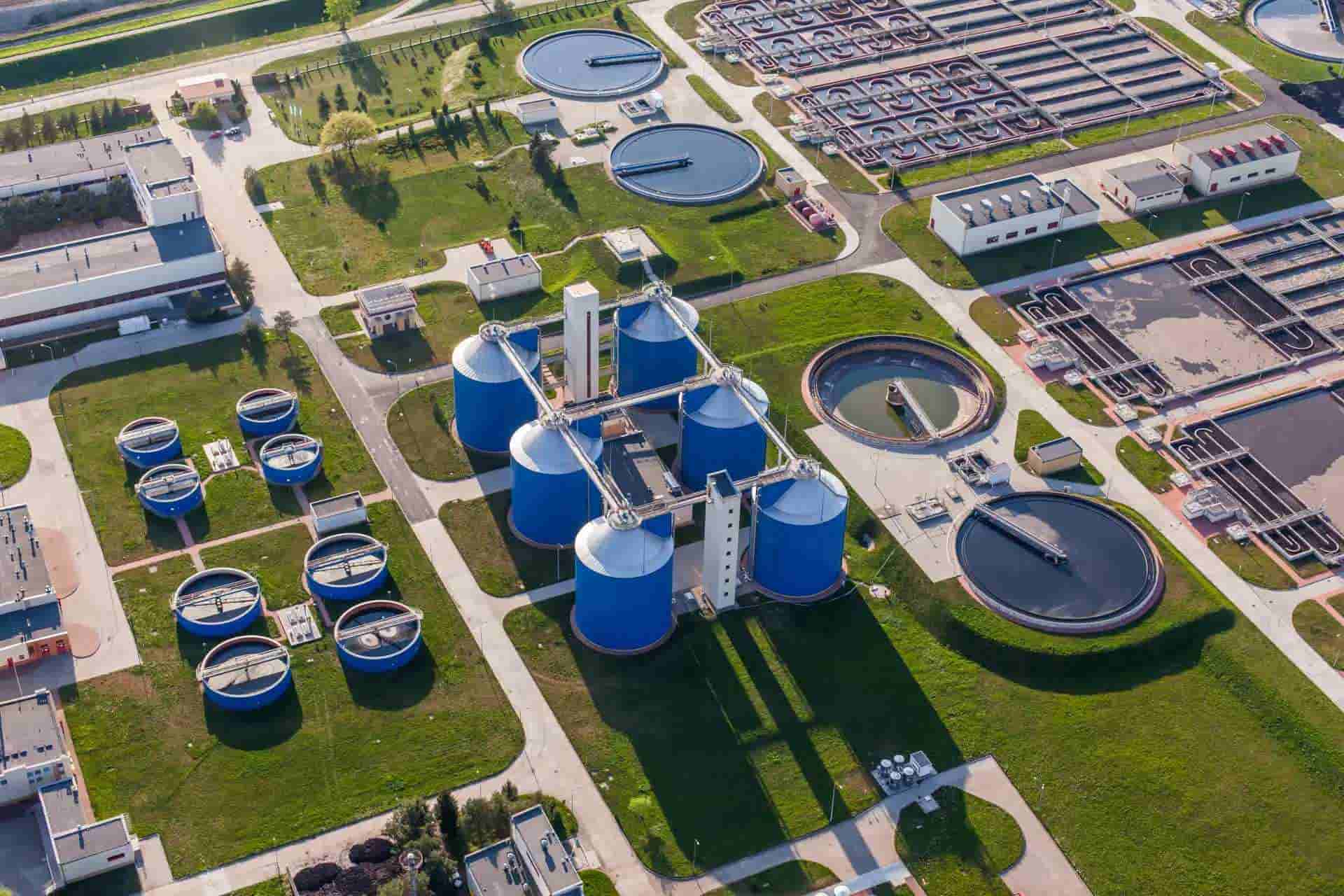In the era of residential and community developments, the demand for electricity, heating, and cooling is a prominent feature. To cater to these needs in an efficient and eco-friendly manner, the deployment of combined heat and power (CHP) technology is gaining traction. Large-scale gas engines like the renowned Jenbacher product necessitate an aggregated demand of approximately 300kW of electricity and 300kW of heating or cooling. This demand can be fulfilled by including tower blocks, district energy schemes, or mixed-use developments with complementary commercial or industrial energy users. Typically led by municipalities or independent power producers, these larger-scale CHP projects bring forth a range of compelling benefits for both consumers and the environment.
Empowering Cost Savings and Sustainability
By adopting CHP systems within residential and community developments, consumers can gain reduced electricity and heating bills. This financial advantage stems from the inherent efficiency of CHP technology, which simultaneously generates electricity and useful heat from a single energy source. This integrated approach optimizes resource utilization, minimizing waste and maximizing end-user cost-effectiveness. Moreover, CHP’s capacity for reduced emissions contributes to a cleaner environment, aligning with sustainable practices and the global effort to combat climate change.
Resilient Power Supply for Communities
One of the key advantages of CHP within residential and community contexts lies in its ability to ensure a stable and resilient power supply. During natural disasters or grid failures, community power schemes equipped with CHP systems can disconnect from the central grid. By doing so, these schemes can operate independently, providing uninterrupted power to the community. This enhanced resilience not only promotes a sense of security but also facilitates the smooth functioning of critical infrastructure, emergency services, and daily life in challenging circumstances. Furthermore, CHP plants can seamlessly integrate with other power generation and storage technologies, forming microgrids that enhance energy independence and further bolster community resilience.
Environmental Benefits
The flexibility of gas engines used in CHP enables them to be fueled by various low-carbon and renewable sources, including natural gas, biogas, biomethane, and hydrogen. When deployed in combined heat and power configurations, these gas engine CHP plants exhibit exceptional efficiency, generating energy close to the point of use, and minimizing transmission losses. By relying on sustainable fuels and optimizing energy utilization, CHP systems contribute significantly to reducing greenhouse gas emissions and mitigating the environmental impact associated with conventional energy generation.
Enhanced Energy Security and Grid Independence
Incorporating CHP systems in residential and community developments contribute to bolstering energy security and reducing dependence on the centralized grid. By generating electricity and heat on-site, these systems offer a localized power solution that is less susceptible to disruptions in the wider grid network. This increased energy autonomy translates to greater reliability and a decreased vulnerability to power outages. Additionally, CHP plants can be designed to seamlessly transition between grid-connected mode and island mode operation, allowing communities to operate independently during emergencies or planned maintenance, ensuring a continuous and uninterrupted power supply.
Promoting Local Economic Development
Implementing CHP schemes within residential and community developments presents an opportunity for local economic growth and job creation. These projects often require collaboration between municipalities, independent power producers, and various stakeholders. The planning, construction, and maintenance of CHP plants can generate employment opportunities, stimulating the local economy. Moreover, reducing energy costs for consumers frees up financial resources that can be reinvested in other aspects of the community, such as infrastructure improvements or social programs, fostering a more vibrant and prosperous local environment.









